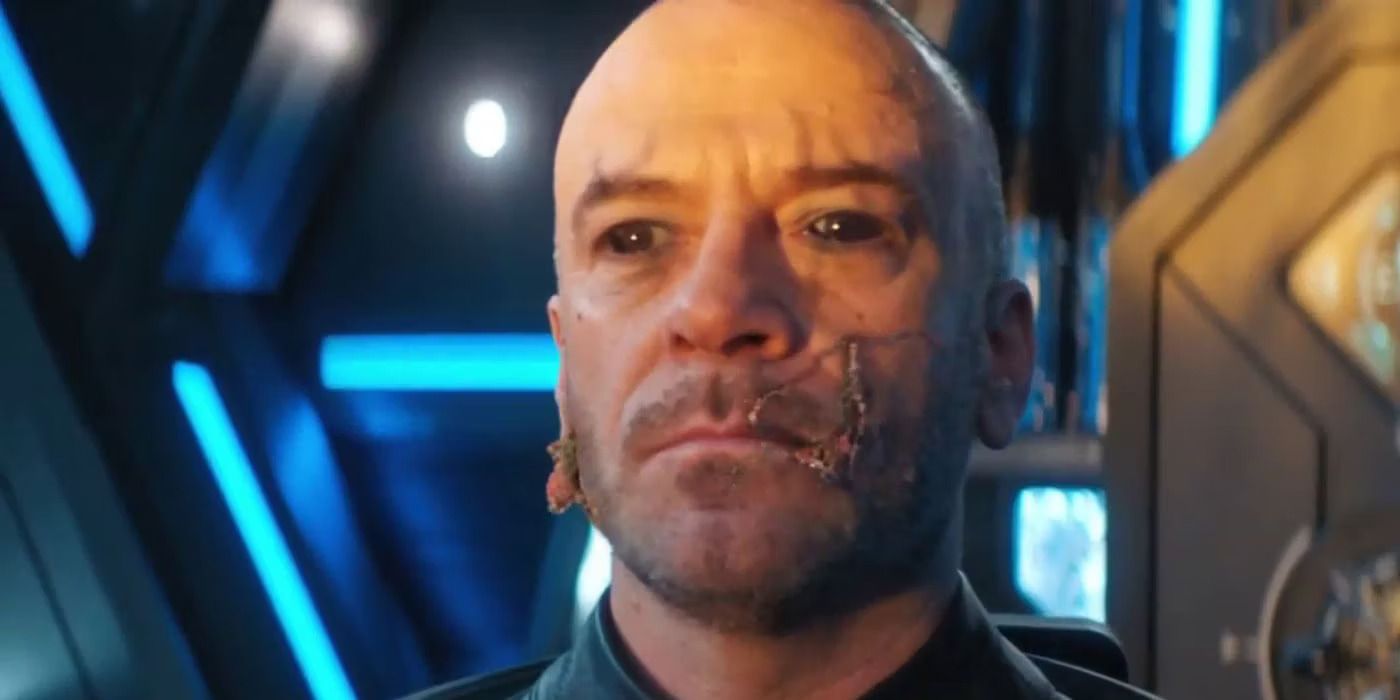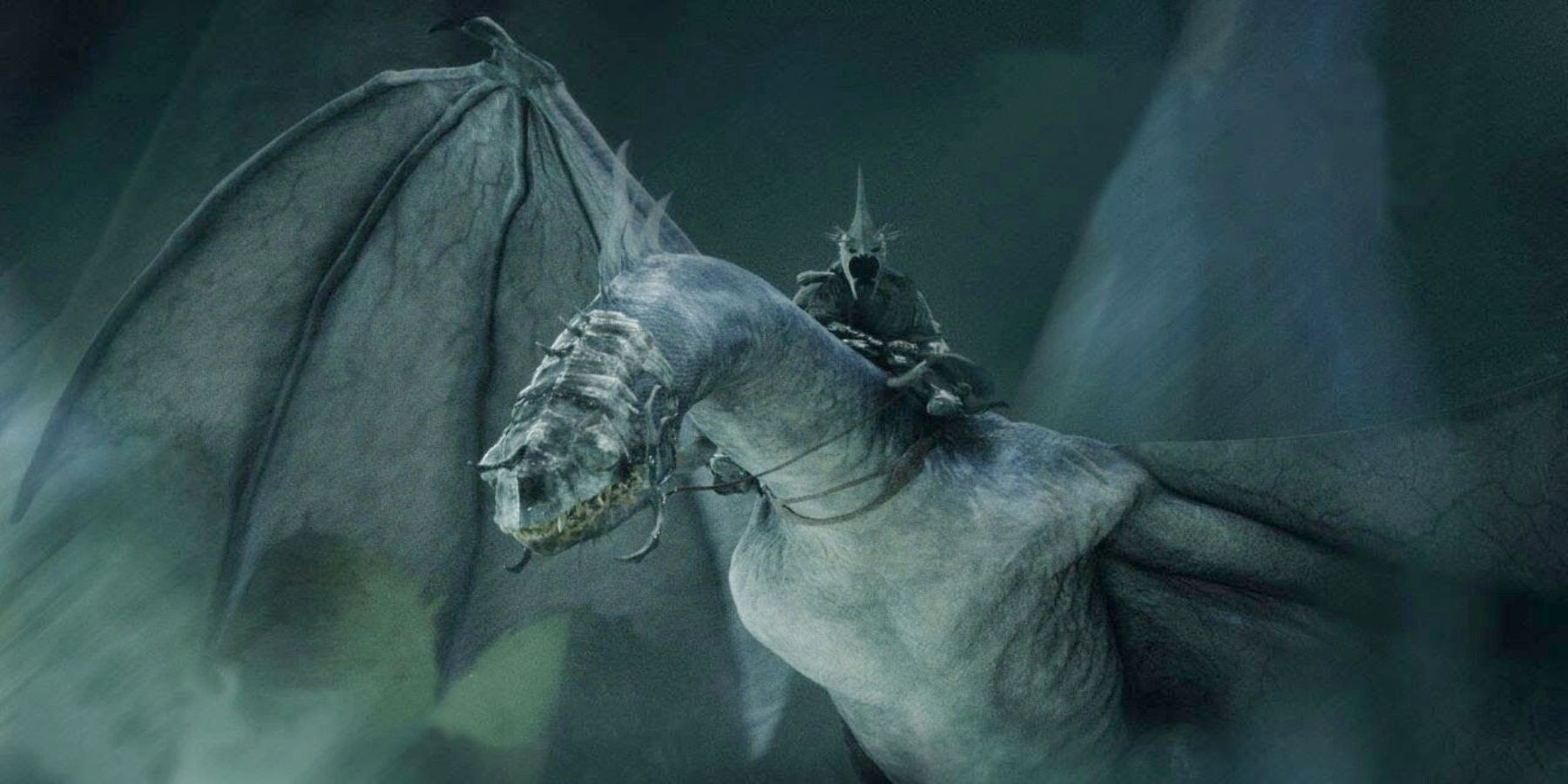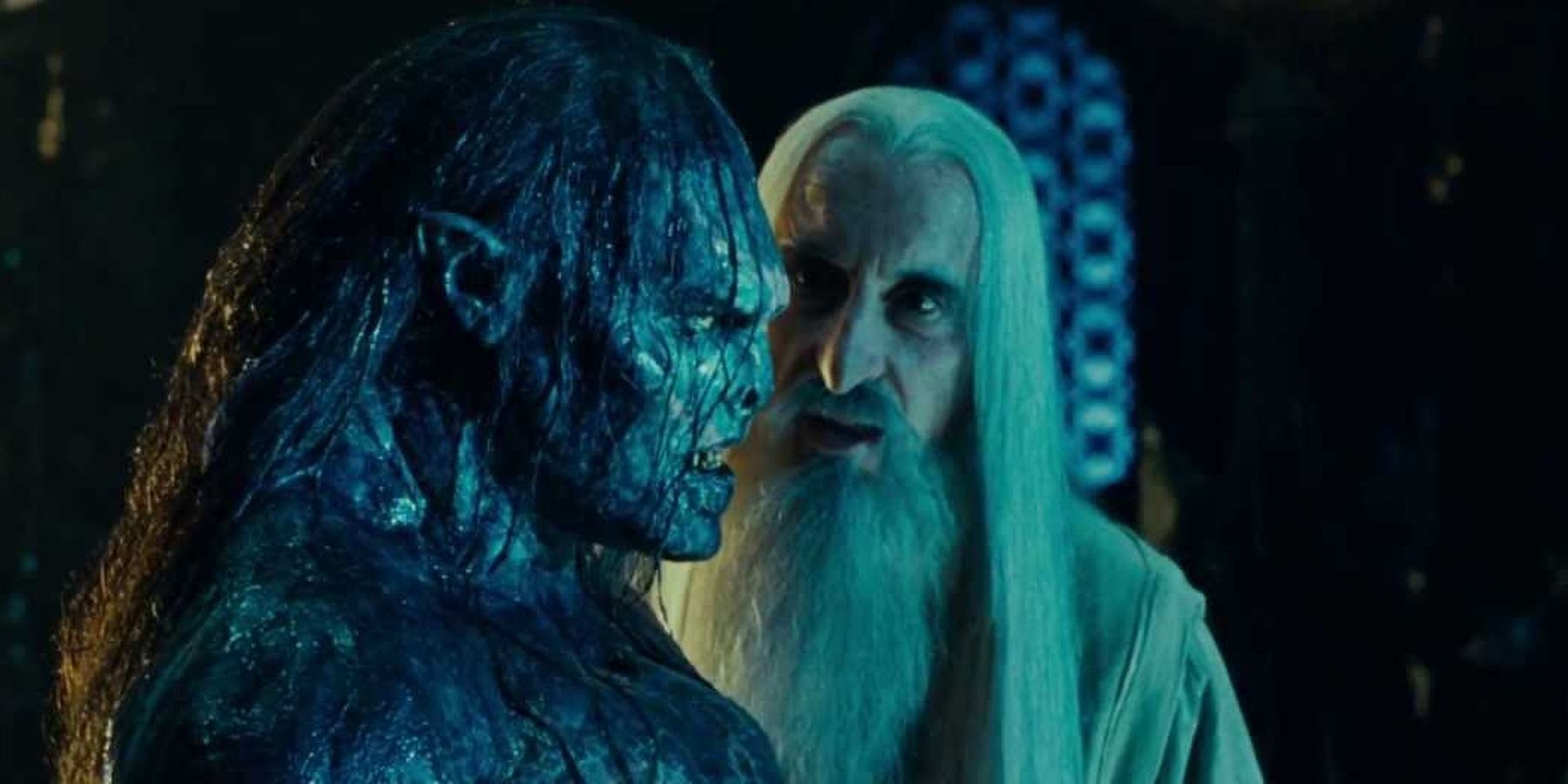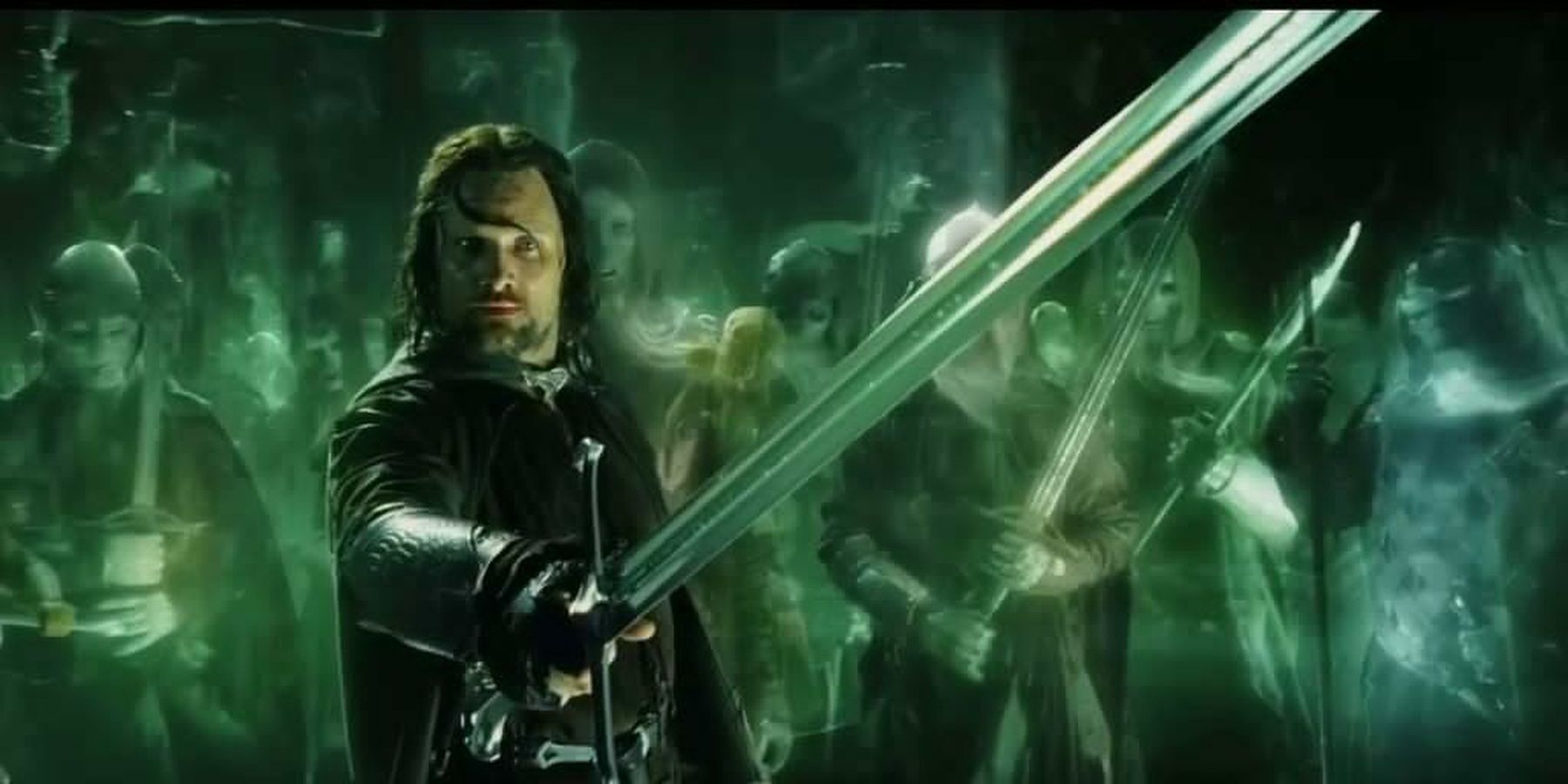Undoubtedly one of the most amazing and alluring aspects of the Lord of the Rings films is the host of weird and wonderful creatures that exist within Middle Earth. Peter Jackson and the sound-scape team did a phenomenal job of bringing these unusual beings to life throughout the film adaptations of the famous trilogy, through the use of some very clever techniques, including recorded sound, physical props, and foley.
One of the scenes in which the audience can experience a plethora of creative sound solutions for a vast range of beasts is in the Mines of Moria. When the fellowship is underground during the first film, they are attacked by a cave troll, a band of orcs, and a Balrog. The Cave troll, a big, aggressive creature, thrashes around in the mine threatening to crush the fellowship. In order to make the troll seem as hostile and violent as possible, the team used the sound of some of planet Earth’s own fiercest creatures - a tiger for the creatures inhale and a Canadian lynx for the exhale. But when Legolas manages to finally shoot the creature in the head, there is a moment of clarity in which the cave-troll realizes its own mortality, and its sound-scape switches to a deepened walrus groan, which makes the audience sympathize with its death in its final moments.
The cave troll only acts on the behest of the Moria orcs who control it, and their sound is that of cockroaches, scurrying in large numbers throughout the caverns. The sounds of their grunts were created using bottle caps, which the team ran through and shuffled around to create the skin-crawling effect. Then the fellowship encounters the Balrog of Khazad-dur. This is a creature entirely made of rock and fire. The mixing team wanted the noise it produces to represent this, which led to scraping huge concrete cinder blocks across wooden floors to create that sound of grinding stone that the Balrog is famous for as it drags Gandalf from the bridge to fall with it into the chasm below, before he is sent back to middle earth as Gandalf the White.
During the Two Towers, the sounds had to stretch to include a greater volume of creatures at once, as the Uruk-hai army, more fierce than other orcs, and the trees of Fangorn Forest were incorporated into the trilogy. The only way that Peter Jackson could see to create the sheer volume and quantity of sound needed for the siege on Helms Deep, was to go to the local New Zealand cricket arena, and involve the rowdy crowd. He had them stomping and pounding their chests to create the intimidating onslaught of the march, and chanting a Mordorian speech in the ancient language of the evil Lord Sauron.
During the battle scenes, foley played a big part in creating the background noise of armies battling. The elves can be heard shooting their bows, for which the team actually went to an archery range and recorded the audio of the bows being unleashed, the arrows flying, and the thunking of the tail-shafts hitting their targets. The unsheathing of swords can be heard, alongside the sound of clattering shields and explosions. The most minute detail was observed, right down to the sound of Aragorn’s chain-mail.
As for the Fangorn, the sound of the trees moving was a recording of a cow, set to a deeper register and slowed down. One very important member of the Fangorn scene, the Ent known as Treebeard, was created by recording the dialogue of John Rhys-Davies who voiced him, and then making them sound more nature-infused. This was achieved by building a wooden box, through which the recording of the actor's voice was played, and as it ricocheted around blocks and tunnels within the box, it created a more wooden, raspy texture to the audio. This was then overlaid with the sound of wood splintering. The sound of trees being cut down, and the branches hitting the ground, became the iconic noise behind Treebeard’s stoic foot-steps. Finally, there is the Fell-beast, the dragon-like creatures that carry the Nagul on their backs. The oral sound it makes was realised through recording the guttural braying of a donkey, but perhaps more interestingly so is the sound of it’s flight, for which they used a cheese grater on a string, swinging it around the studio to create that weightless whoosh of air that is heard beneath the Nazgul’s wings.
After the overwhelming success of the first two films, the pressure was on for the sound team to maintain, possibly even top, their previous two performances. This was no easy feat. On the eve of battle, when the warriors of Rohan are about to fight for their lives, Aragorn disappears into the underground tunnel where no others dare enter, with Legolas and Gimli at his side, in order to summon the army of the dead. He shows them Anduril, the sword that binds them to an ancient oath to serve the king of Gondor, and they agree, before scattering and releasing between 60-80,000 skulls from their underground kingdom. The sheer velocity of this noise was created with a bombardment of coconuts being thrown down the stairs, mixed alongside a kilo of walnuts tossed down a concrete ramp.
In the parallel scene to this, Frodo is trapped Shelob's lair. Shelob, the giant spider demon of the Return of the King, is permeated by a layering of a whole multitude of sounds, including an alligator hissing, cleaning the steam out from a coffee machine, the subtle screams of a few cast members, and the angry fight-sounds of Tasmanian devils recorded at a local zoo, amalgamate to create her uncanny spider-like movements. But despite the sounds of both Shelob and the army of the dead, there is one more being in the Return of the King whose sound is even more recognizable: the Eye of Sauron. When the tower which holds the all-seeing orb crumbles, there is the unearthly sound of shattering glass, created using shards of a smashed window scraping and grinding together, accompanied by a piercing shriek from the eye itself, made up of the mating bray of the stallion on set.
Finally, there is the One Ring. Although it is technically an object or a relic, the ring is such a character of its own that the sound designers had to come up with an entire soundscape for the wide range of emotions it creates. The sounds of the ring progress from a subtle sinister whispering in the Fellowship of the Ring, to a more intense voice combined with hints of unearthly music as it gets closer to being reunited with its master in the Two Towers. By the time the war draws to a close in Return of the King, the ring has become entirely life-like, using the combination of voices, quivering melodies, and even a human heartbeat, in the scene where Smeagol, who later becomes Gollum, kills Deagol, which heightens the darkness of the scene, and makes the audience realise just how malevolent the ring truly is.
Source: The Making Of the Lord of the Rings Documentaries






